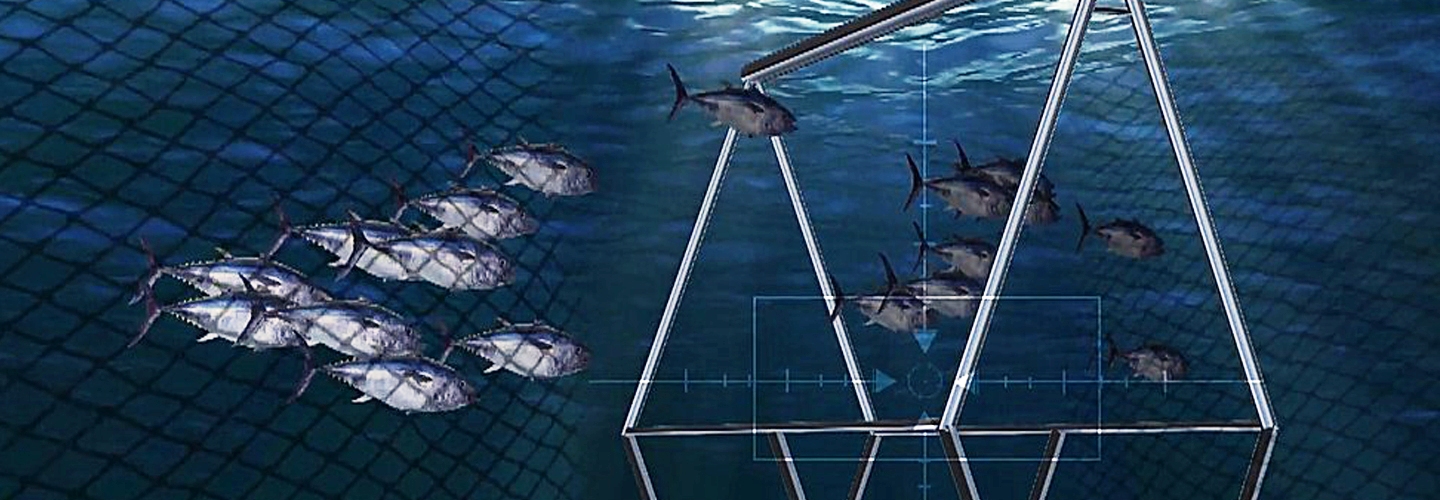The latest technologies are being put to the service of the sustainability of marine species. This is what researchers at the Universitat Politècnica de València, from the Institute of Automatic and Industrial Informatics (Instituto Ai2) and the Research Institute for the Integrated Management of Coastal Areas (IGIC) of Gandia, alongside the Spanish Institute of Oceanography (IEO), have achieved. They have developed a system that automatically measures the biomass and counts the bluefin tuna caught by fishing companies to contribute to the protection of this species.
The project was coordinated by the director of the Oceanographic Centre of Murcia of the IEO Fernando de la Gándara, who stressed that the BIACOP project “has led to the consolidation of the Joint Unit (UTEM) that the IEO and the UPV have set up for the development of Marine technologies.”

The system, which was designed within the framework of the European BIACOP project, has reduced the margin of error in biomass of the current calculation systems of established fishing quotas. The development combines acoustic measurement systems for counting and stereoscopic vision to obtain 3D tuna measurements.
THE IMPORTANCE OF BLUEFIN TUNA
Víctor Espinosa, coordinator of the IGIC submarine acoustic group at the Campus of Gandia, said that “the project has its origin in the idea put forward by the General Secretary of Maritime Fisheries to the Balfegó Group to solve the serious problem of quantification of number and biomass of tuna during transfers.”
Gabriela Andreu, a researcher at the Ai2 Institute, comments that, “bluefin tuna is highly valued worldwide, especially in Japan. Tunas are caught on the high seas and placed in transport cages, which are towed to coastal areas where fattening cages are installed. The transfer of tunas from one cage to another is carried out there. Each company is assigned a number of boats, and each boat is assigned an amount of tunas to be captured. The idea is to only capture and transfer to the fattening cages the authorized number of bluefin tuna specimens,” explains the researcher.
Until now, tuna counting during the transfer from the purse cages to the fattening cages was performed by an operator with basic software and manually. “This made the margins of error higher and overestimations were on many occasions performed, especially because the images also reported situations of low visibility for the operator,” says Andreu.
OPERATION OF THE NEW SYSTEM
In order to carry out the measurements, a facility was constructed with materials similar to those of the marine farms, which was installed between the two cages. During tuna transfer, the stereoscopic camera measurement system developed by the Ai2-UPV Institute was filming the fish, reporting 3D measurements of sizes. Likewise, an acoustic curtain system based on a scientific echo sounder and an ultrasonic transducer, designed by the IGIC, collected information from the fish echoes, facilitating counting. With the results obtained, two separate software programs were developed that resulted in counts with a 95% success margin and biomass estimates much more accurate than those obtained with traditional measurements.
Participants in the BIACOP project, which concluded at the end of 2016, are keen to continue advancing and improving all the systems and equipment, as well as developing a fully commercial software.











